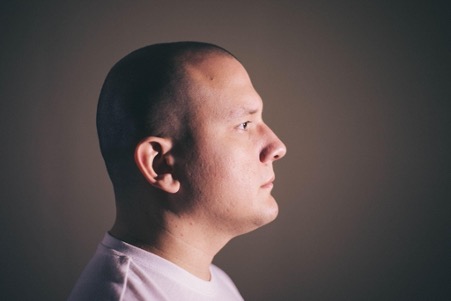
An insightful article about a yeast infection scalp to help you understand more about it as well as detect and prevent it.
Infection caused by yeast on the scalp can affect anyone of any age, however, it is more common in youngsters. A scalp yeast infection can be caused by a variety of circumstances, but the most common cause is yeast overgrowth.
Take a look at the following article for an insightful read about a yeast infection scalp, including what it is, how to spot it as well as common medications, and when to see a doctor for specialized treatment.
What Is A Yeast Infection Scalp?
A yeast infection on the scalp is a yeast infection that affects the skin on your head. Candidiasis is a yeast infection of the skin. Candidiasis is a fungus that can grow practically anywhere on or inside your body. Candida is a yeast that causes candidiasis. A type of fungus is yeast.
Many forms of fungus, including yeasts like Candida, exist on your skin naturally. This is normal and normally does not cause any issues in healthy persons. Candida, on the other hand, can dig beneath the surface of your skin if given the opportunity to grow. This could result in a skin infection.
Possible Yeast Infection Scalp Causes
Candida is the yeast that causes the majority of scalp yeast infections, also known as candidiasis. Candida may grow and thrive in humid, warm conditions. Your scalp has a natural yeast and bacteria equilibrium. The microorganisms help to keep yeast from overgrowing on your skin. The normal balance of yeast and bacteria in your body might become uneven at times.
Hot and humid climates, certain personal grooming products containing harsh chemicals, small cuts on your scalp that provide an entryway, skin conditions such as intertrigo and psoriasis, follicular occlusion syndrome (when your hair follicles become blocked by keratin, a protein in your hair) causing inflammation and excessive sweating are all conditions that allow Candida to thrive (hyperhidrosis).
Is A Yeast Infection Scalp Contagious?
Yeast infections on the scalp are rarely infectious. If you have a compromised immune system, however, you should avoid those who have yeast infections. People with compromised immune systems are more susceptible to illness.
Yeast Infection Scalp Symptoms
An itchy rash on your scalp is caused by a scalp yeast infection. The rash might be red or purple and come in a variety of shapes. It’s possible that the rash will split and crust over. Hair loss may occur as a result of the crusting. Flaky, white scales, shedding, thick white or yellow greasy patches, soft and white moist areas, and white and red pus-filled pimples are all possible symptoms.
How To Treat Yeast Infection Scalp
The majority of scalp yeast infections can be treated with over-the-counter (OTC) medicines such as ointments, shampoos, or foams. If your infection hasn’t cleared up after taking over-the-counter antifungals, contact your pharmacist for assistance in selecting a cortisone foam. A stronger drug may be prescribed by your doctor.
Here are the most common and recommended medications for treating a yeast infection scalp by yourself at the early stages.
Nizoral

This dandruff cure shampoo contains 1% ketoconazole, an efficient chemical that attaches to the natural protein in your hair to kill dandruff. The shampoo’s strong lather keeps your scalp flake-free and leaves your hair manageable and lustrous.
Diflucan

A great antifungal medicine available in tablets and liquid formulas. You should avoid driving or engaging in dangerous activities until you have a better understanding of how this medicine may affect you. It’s possible that your reactions will be hampered.
Mycamine

Antifungal drug containing echinocandins that is used to treat and prevent invasive fungal infections such as candidemia, abscesses, and esophageal candidiasis. It stops the formation of beta-1,3-glucan, which is a necessary component of fungal cell walls.
When To See A Doctor For A Yeast Infection Scalp
If you notice some of the symptoms mentioned above persist in your head, consider making an appointment with a doctor for a proper analysis of your situation. Typically, a physical examination can detect a yeast infection on the scalp, however, if your doctor isn’t sure what’s causing the infection, lab testing may be required.
A sample of tissue is removed from the afflicted area, and the tissue is examined under a microscope. Under a microscope, the size, shape, and structure of the organism are analyzed to establish whether it is yeast and which type it is. It’s critical to determine the genus of yeast that’s causing the scalp infection so that the appropriate antifungal medicine may be ordered and is most effective against that particular organism.
Preventing A Yeast Infection Scalp
Practicing proper cleanliness will help you avoid scalp yeast infections. Keep your scalp clean and dry, avoid antibiotics and steroids (corticosteroids), use caps, hoods, and scarves only when absolutely required, and maintain a nutritious diet low in sweets, starches, and alcohol.






